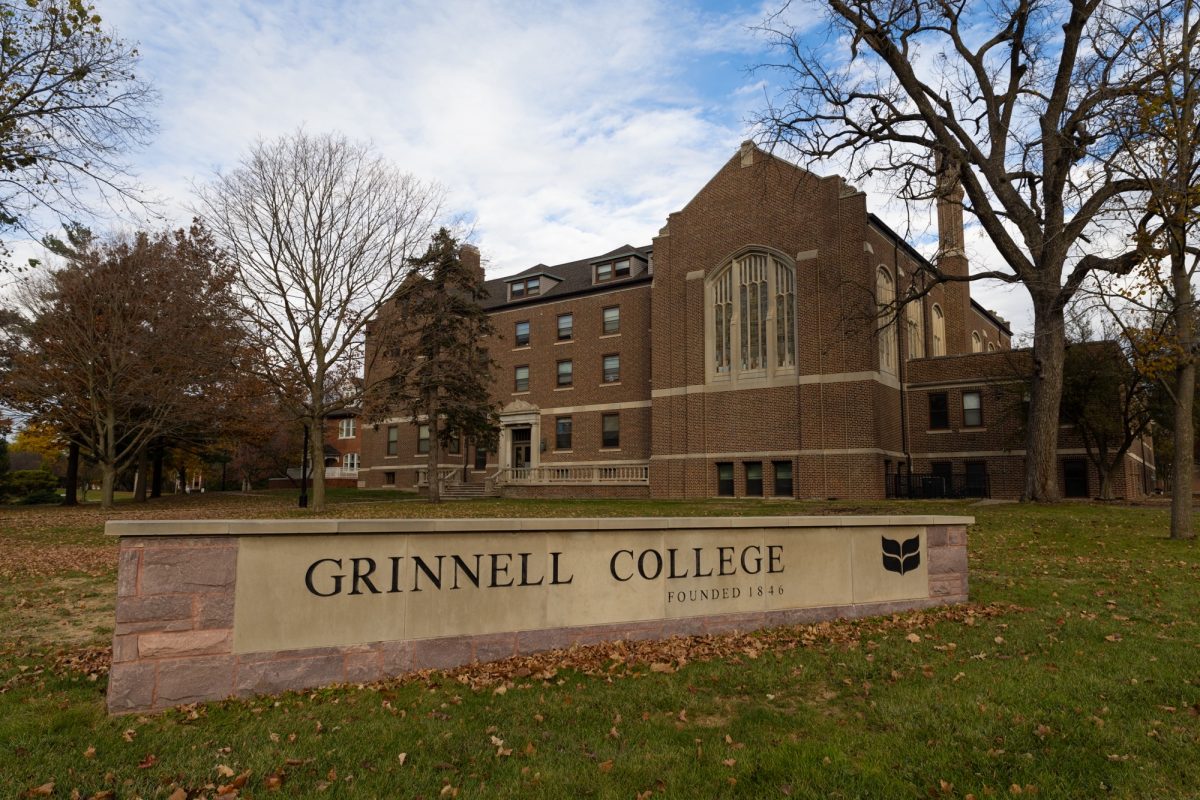Next year, Dr. Raynard Kington won’t be the only new face on campus. With the departure of Residence Life Coordinators (RLC) Eric Voss ad Katie Lau, Student Affairs will be hiring three new RLCs.
Hiring half a new staff for the position of RLC is not exactly a new endeavor for Student Affairs. In recent years, individuals hired into this position have stayed on campus for a maximum of two years, for a variety of different reasons. Seeing as the projected time for a student to graduate from Grinnell College is four years, it is an alarming wake-up call to Student Affairs that every senior at this college has been at the college for longer than an RLC has. Furthermore, the class of 2010 has been here longer than the grand majority of Student Affairs Administrators. Granted, the College’s determined shelf life for an RLC is a (preferred) maximum of three years.
But why three years? If a student lives in the residence halls for the duration of their Grinnell College career, they will, at minimum, have two different RLCs. At the rate of recent Student Affairs turnover, it is likely that a student will have a new RLC every single year they remain in the residence halls. How does this benefit students?
If the preferred maximum tenure of an RLC was increased to five years, an RLC could logistically actually maintain a relationship with a student for the entirety of the student’s Grinnell career. And isn’t that kind of the point of an RLC—to form a bond with students in their residence hall, something that might not happen to its fullest potential in a single year? The brief description of the RLC position, as shown on the Grinnell College website, is, “All of the Residence Life Coordinators are Master’s level professionals who have training in working with you, listening to you and helping you gain comfort with your academic workload and other concerns you may have.” This might not be exactly how a student would describe the position of RLC, but regardless, RLCs would be able to excel at these three facets of the job description if they were able to stay at the college longer.
But then again, these are young individuals with masters degrees. Why would they want to stay in Grinnell for three years, let alone four or more? A main problem lies in the fact that, at Grinnell, from the position of RLC there is no room for upward mobility within the framework of Student Affairs. At least not anymore. Kim Hinds-Brush, the campus-beloved RLC who exceeded the three year maximum for a fourth year, stayed on campus this year in a new position, Associate Director of Residence Life & Orientation, one which the College recently terminated. Before the creation of the Associate Director of Residence Life & Orientation, with the departure of Sheree Andrews, there was student conjecture that Hinds-Brush should occupy Andrews’ old position. This notion was largely a result of the fact that Hinds-Brush is a valuable student resource, and, like Andrews, is someone that students feel comfortable with.
However, no such move was even considered, as Hinds-Brush was determined to not have sufficient credentials for the position. Such a move in Student Affairs was not always so readily dismissed–former Vice President of Student Services, Tom Crady began his Grinnell career as an RLC and moved upwards through the Student Affairs ladder. Two years ago, Crady was hired to the position of Dean of Students at Dartmouth University.
Let’s get honest here—students would benefit if RLCs were on campus longer. If our shining personalities and Iowa’s temperate climate aren’t winning them over, there has to be some kind of incentive to not only draw an RLC to the College, but to keep them here.



















































